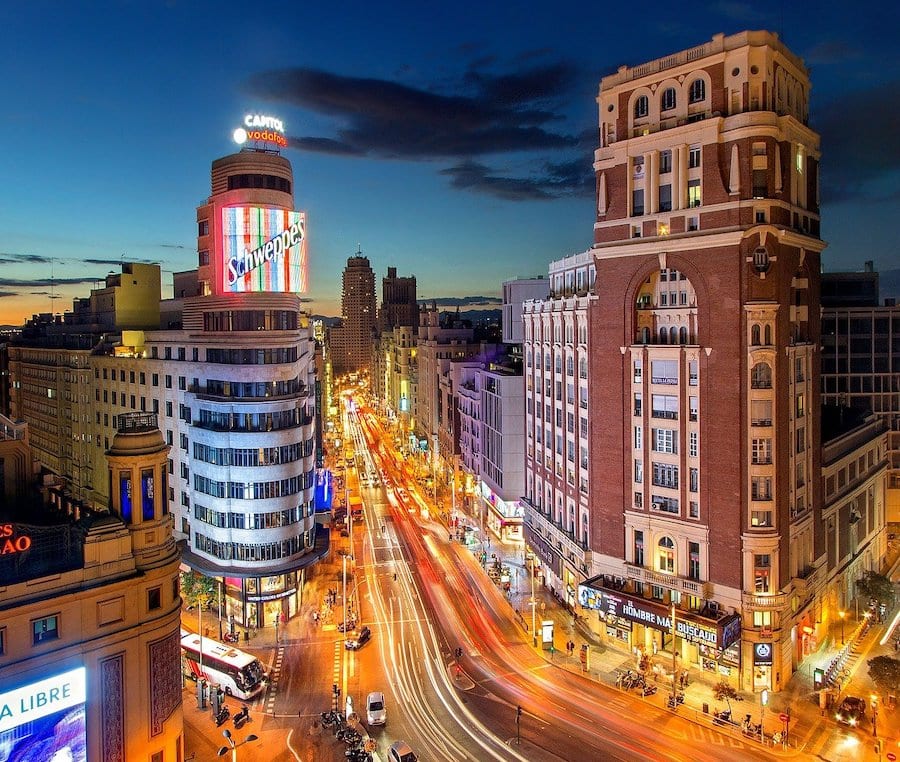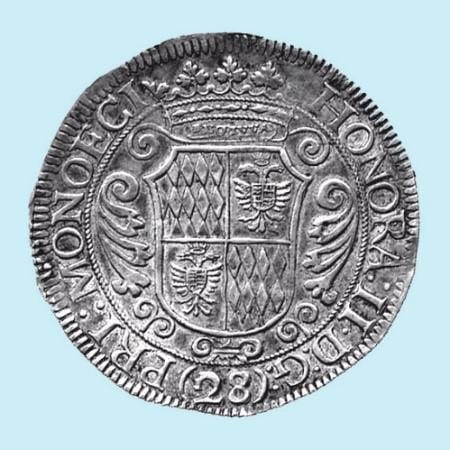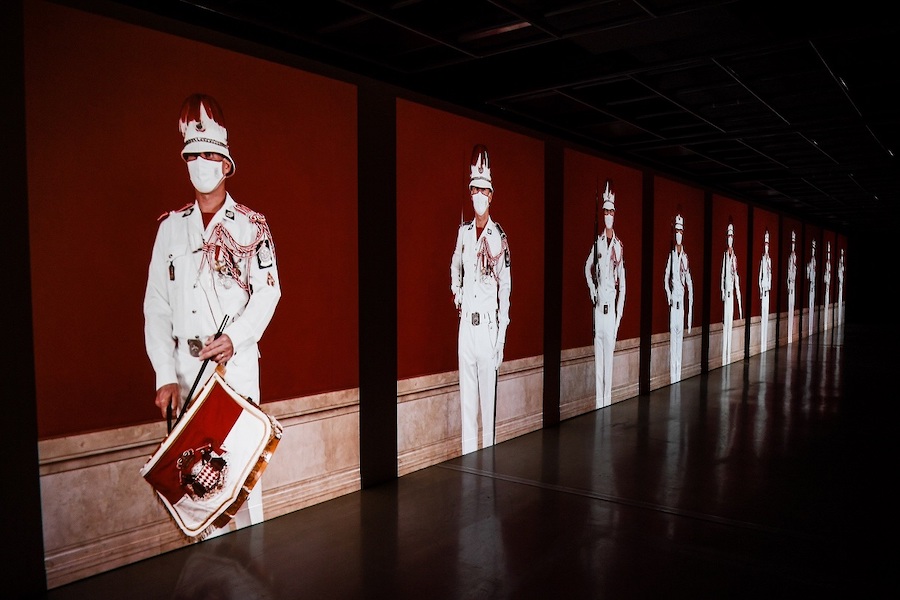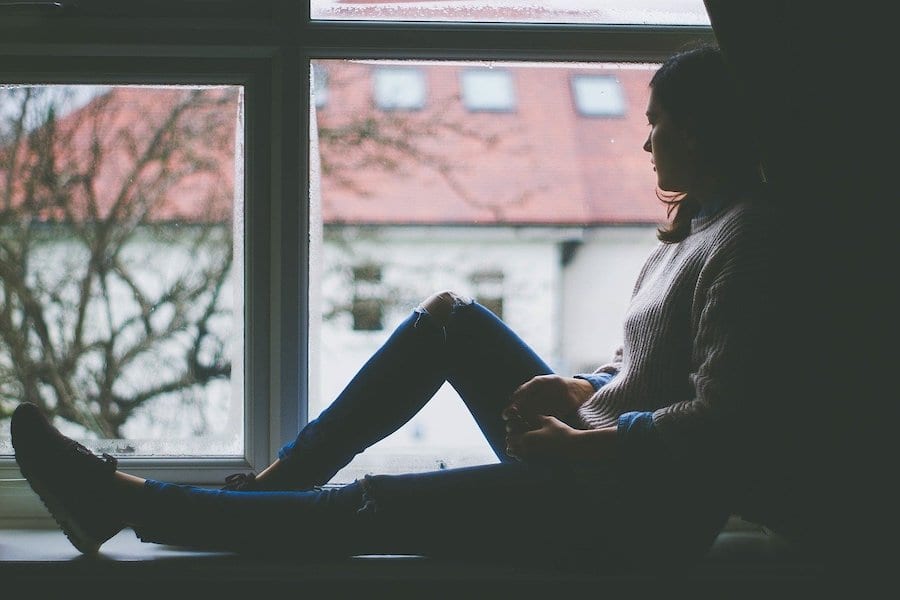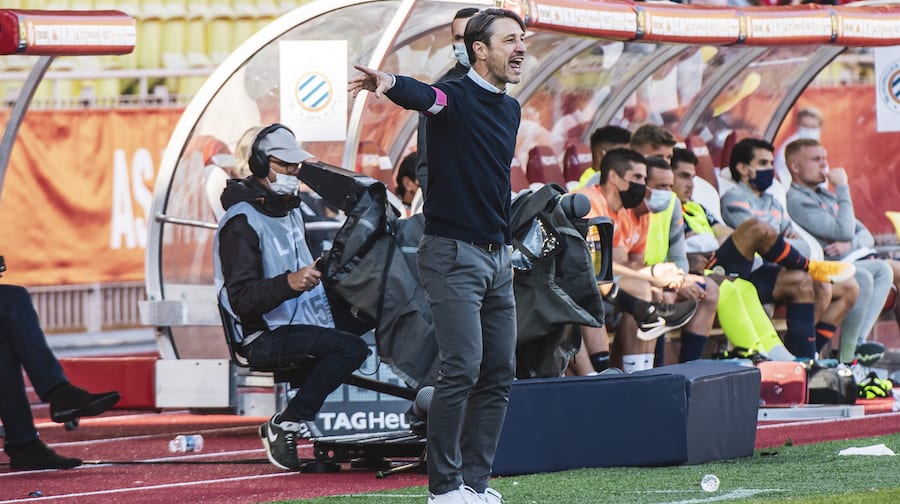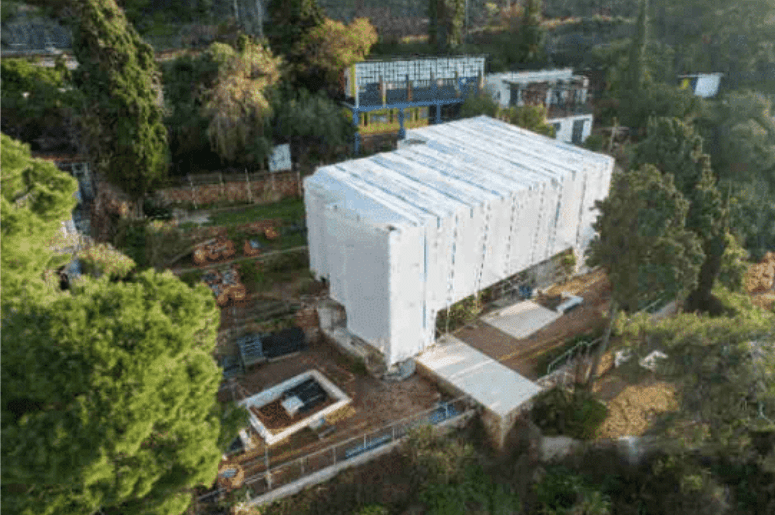It’s official. Many of us are suffering from “pandemic fatigue”. So how do we stay mentally healthy during a crisis for which there seems no end in sight?
According to the World Health Organisation, up to 60% of Europeans are apathetic, exhausted and stressed. Apparently, we are becoming increasingly frustrated with government restrictions and growing resistant to changing Covid-19 protocols. It seems we want our lives back.
Now we have a label for our angst – ‘pandemic fatigue’. Does anyone feel better yet? Me neither. As if the new diagnosis wasn’t enough, it seems we cannot turn around without more dire warnings.
A second mental health crisis is waiting around the corner, according to an article published in the Journal of the American Medical Association (JAMA) this month. It says we can expect increased deaths from suicide and drug overdoses.
How can we possibly navigate our way through this crisis for which there seems no end in sight? As a psychotherapist, I am particularly interested in how we can stay mentally healthy.
Acknowledge the crisis
A client who recently lost their job and their relationship as a result of the pandemic said to me “It’s not that bad. I guess it could be worse. There are starving children somewhere.”
I replied: “Actually, it sounds pretty awful to me. And what have starving children got to do with the fact that your life is a mess?”
Admittedly I am a straight-talking therapist. I believe that clients pay for and deserve honesty. If it feels like crap, it probably is crap. For our mental health to survive this pandemic, I believe we need to acknowledge reality. I am a huge advocate for practising gratitude but not denying our pain. Why do we minimise our pain? Why do we often dismiss our problems as “first world problems?”
Validating our reality means being present with our thoughts and feelings about our circumstances. To my fellow British expats, there might be a time and place for the stiff upper lip (I can’t think of any), but this is not it.
Permission to grieve
What struck me about the JAMA publication was its reference to “prolonged grief”. This is characterised by “at least six months of intense longing, preoccupation, or both with the deceased, emotional pain, loneliness, difficulty reengaging in life, avoidance, feeling life is meaningless, and increased suicide risk”.
How many of us have not felt, or are not feeling, some or all of the above? As we grapple with whether we will have jobs down the line, whether our children will be sent home from school, the health of our elderly parents, the loneliness of our lives, the stress of our relationships (add to the list, as appropriate), how can we not be grieving?
Grief is the emotional experience of reacting to a loss of something that’s important to us. Amongst other things, we have lost our way of being in the world as a result of this pandemic. It could be as simple as losing our daily routine or as significant as losing our identity as a result of a job loss.
Let’s give ourselves permission to grieve what we have lost.
Loss
The traditional stages of loss are denial, anger, bargaining, depression and acceptance. The stages are not necessarily linear and we can spend weeks, months or years in any one stage. In other words, it’s healthy to have a range of emotions in relation to our changing worlds.
How are you expressing your feelings about losses related to the pandemic and to whom? Are you able to acknowledge even the small losses such as going to the gym, walking freely on the beach, feeling safe in a public space, etc?
Make a list of your losses, small and large, and discuss them with someone close to you. Validate each other.
Existential anxiety
To compound our grief, we also don’t know what to expect or what we are going to lose in this next wave. This is known as anticipatory anxiety and/or anticipatory grief.
According to The Centres for Disease Control and Prevention (CDC), anxiety levels in the US are, on average, three times higher than last year. That resonates with what I am experiencing in the therapy room.
A client of mine had experienced very little anxiety prior to the pandemic. They said to me that they were so anxious lately, it felt more like a panic attack. What arguably makes pandemic anxiety feel more intense is the threat to our existence. This is existential anxiety. The threats seem to be coming at us from all angles. Some of us might lose our jobs. That can also mean losing our identity. Also, our health is being threatened. That seems pretty existential to me. The more we feel that we don’t have the resources to cope with these threats, the greater the anxiety felt.
How can we manage anxiety? The tricky balance is to acknowledge our reality but not to get caught up in catastrophising events. We can have a tendency to let negative thoughts escalate when we feel anxious. We fear the worst. In most cases, the worst is not what happens. If you meditate, practice this as often as possible. If you think that’s all a bit lightweight, google mindful breathing.
Hope
As a therapist, I feel like I have ridden an emotional rollercoaster with my clients over these past nine months. I’ve watched clients attend virtual funerals, seen some couples split while others grew stronger, and have witnessed the collective grief and anticipatory anxiety referred to above.
Many of us are feeling disenfranchised and some European governments seem to believe that we are part of the problem. As a therapist who believes that my clients always know best, I happen to believe that we are part of the solution. Most of us have within ourselves the resources to stay mentally healthy. (I acknowledge, as did the JAMA report, that the second wave will disproportionately affect certain socioeconomic groups, races and ethnicities.)
We need to do our utmost to inoculate ourselves against the physical and mental health implications of Covid-19. If we do not acknowledge our mental health, and perhaps that really does include acknowledging pandemic fatigue, the long-awaited vaccine will only treat part of the problem. The residual impact will last for generations.
Gavin Sharpe is a UK qualified psychotherapist and a Monaco resident. He can be reached at www.rivierawellbeing.com.
